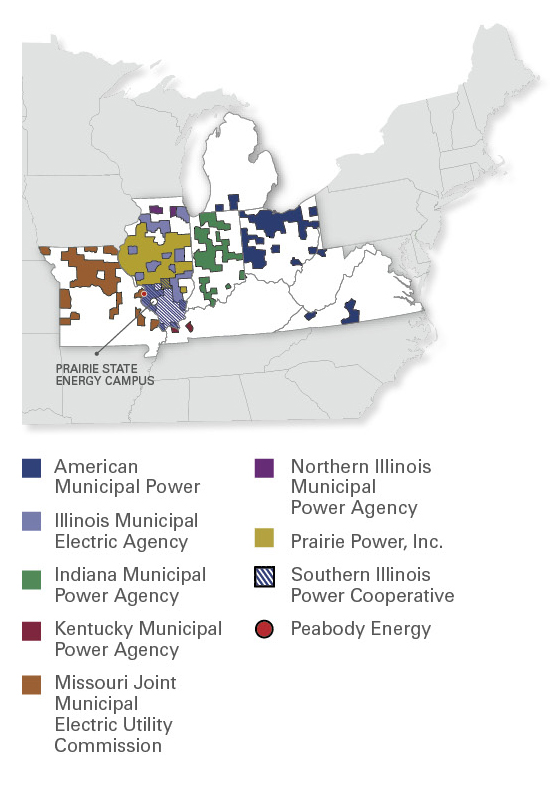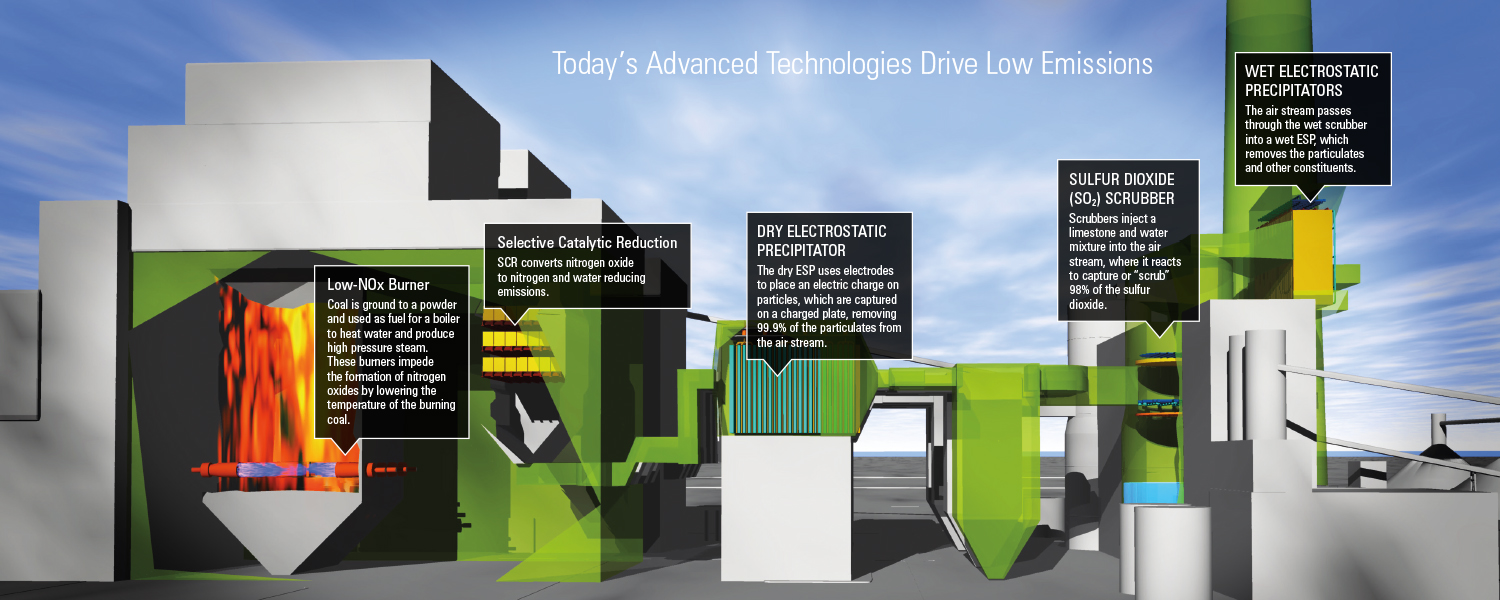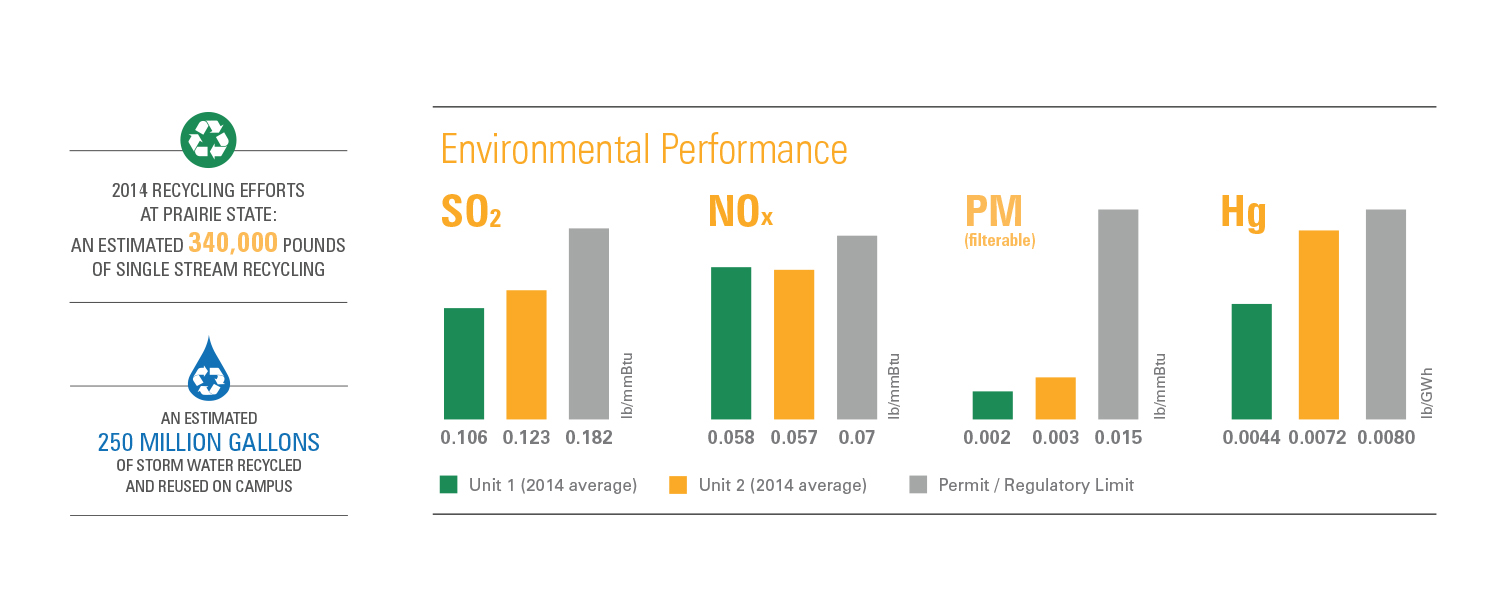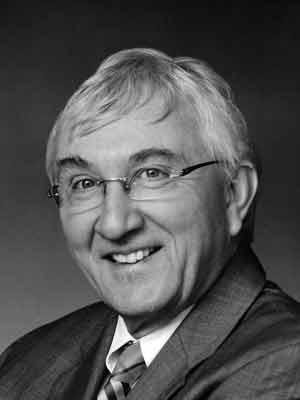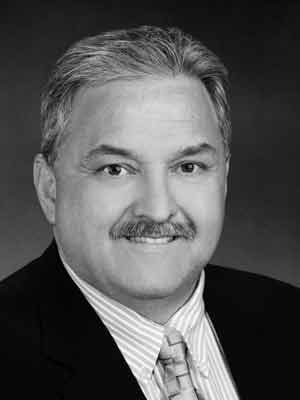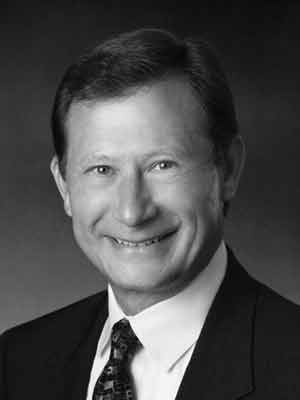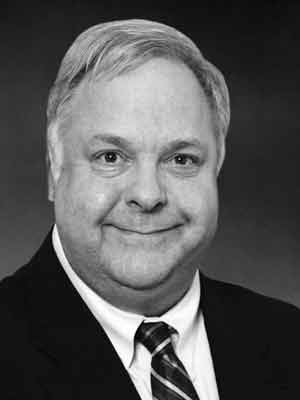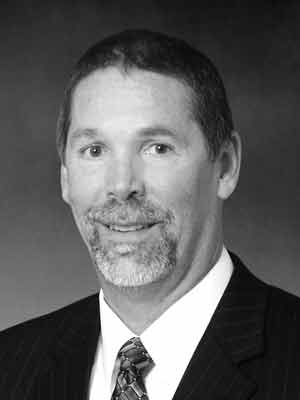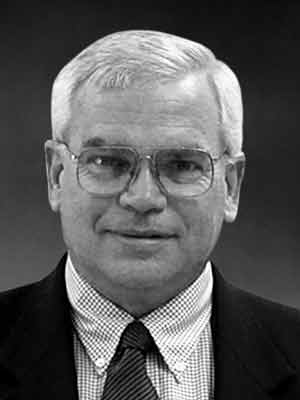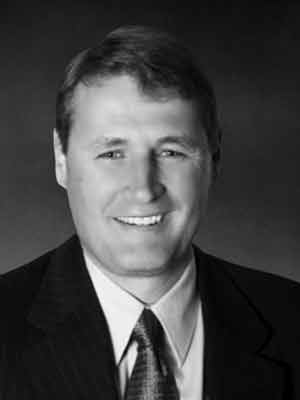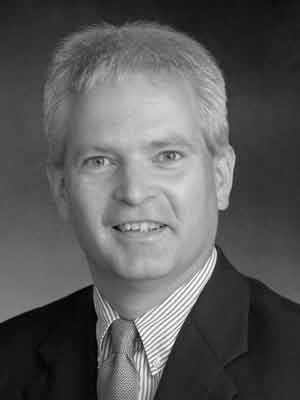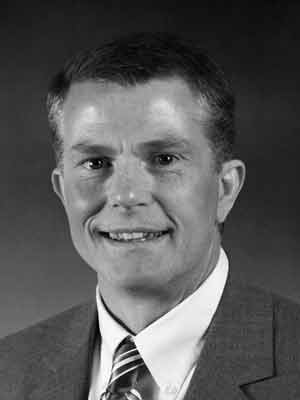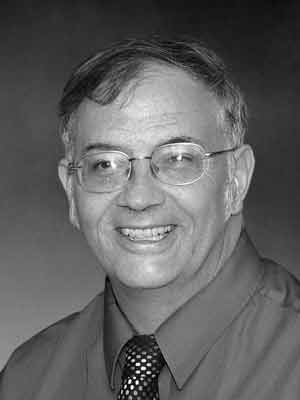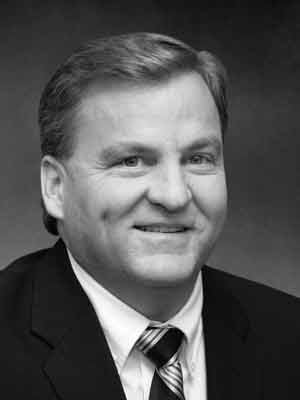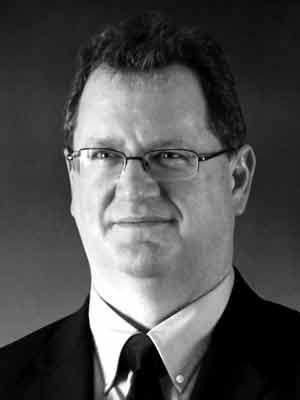Leading Change for a Clean Energy Future
Letter to Our Owners
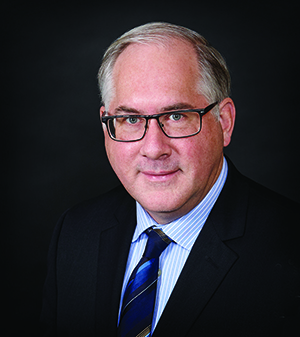
Don Gaston
President and CEO
It is my honor to address you as the President and Chief Executive Officer of the Prairie State Generating Company and present the 2014 Year In Review. Since joining Prairie State in November of 2014, I have had the opportunity to meet and work with the staff on campus, and it is clear that our Owners have recruited the most talented team I have ever seen to operate and maintain the facility.
The senior management team at Prairie State has more than 120 years of combined industry experience, and their dedication to achieve the results you and our member-owners expect and deserve is visible throughout the organization.
While 2014 proved to be a year of transition, realignment, and progress for Prairie State, I am confident in the abilities of our employees as strong individual performers. My job and mission moving forward is to bring that talent together to function better as a team so that we may demonstrate success in all areas of our business not just in 2015, but for decades to come.
Our strategic plan for 2015 and my definition of success at Prairie State focuses on the following:
First and foremost, we protect the people. Culture is the foundation of any successful company, and I want ours to inspire people to place safety at the forefront every day. I expect that we will operate one of the safest mines and safest power plants in the industry, and will not tolerate unsafe conditions or behaviors on our campus. We care about our employees and will make strides to ensure their safety every day. It is my strong belief that companies are only as good as their people, and the companies with the best talent win.
Second, we protect the environment. Protecting the environment while meeting the energy needs of our Owners goes hand-in-hand at Prairie State. Our power plant is state-of-the-art with the best possible pollution control equipment commercially available today, and consideration of the environment is incorporated in all campus practices at both the power plant and mine. I expect that the energy produced at Prairie State will be the cleanest that our Owners could purchase from coal-fired generation.
Third, we protect the asset. Our team will make decisions based on the long-term viability of the campus. Prairie State’s equipment reliability will be feverishly managed through a comprehensive asset management plan, preventive maintenance testing, and proactive planning for upgrades and replacements. Well-maintained, reliable equipment will deliver affordable electricity to those we serve. Our goal is to provide that reliability and affordability to our Owners’ diverse fuel mix.
Last, but certainly not least, we will protect our Owners’ interests by controlling cost. We will be good stewards of your investment and implement cost controls that provide a positive return on investment. I understand, and our employees understand, how important energy affordability is to our Owners, and with better management alignment and cost-cutting measures, we will carry this discipline into 2015.

We will be good stewards of the assets we manage and will ensure that we provide the greatest value possible to our Owners.
Prairie State’s Year In Review highlights our past and ongoing efforts to provide affordable, reliable, environmentally responsible power to our Owners, while remaining sustainable in a changing industry. We are prepared for a stronger future and remain focused on delivering today’s energy for a cleaner tomorrow.
Sincerely,

Don Gaston
President and CEO








